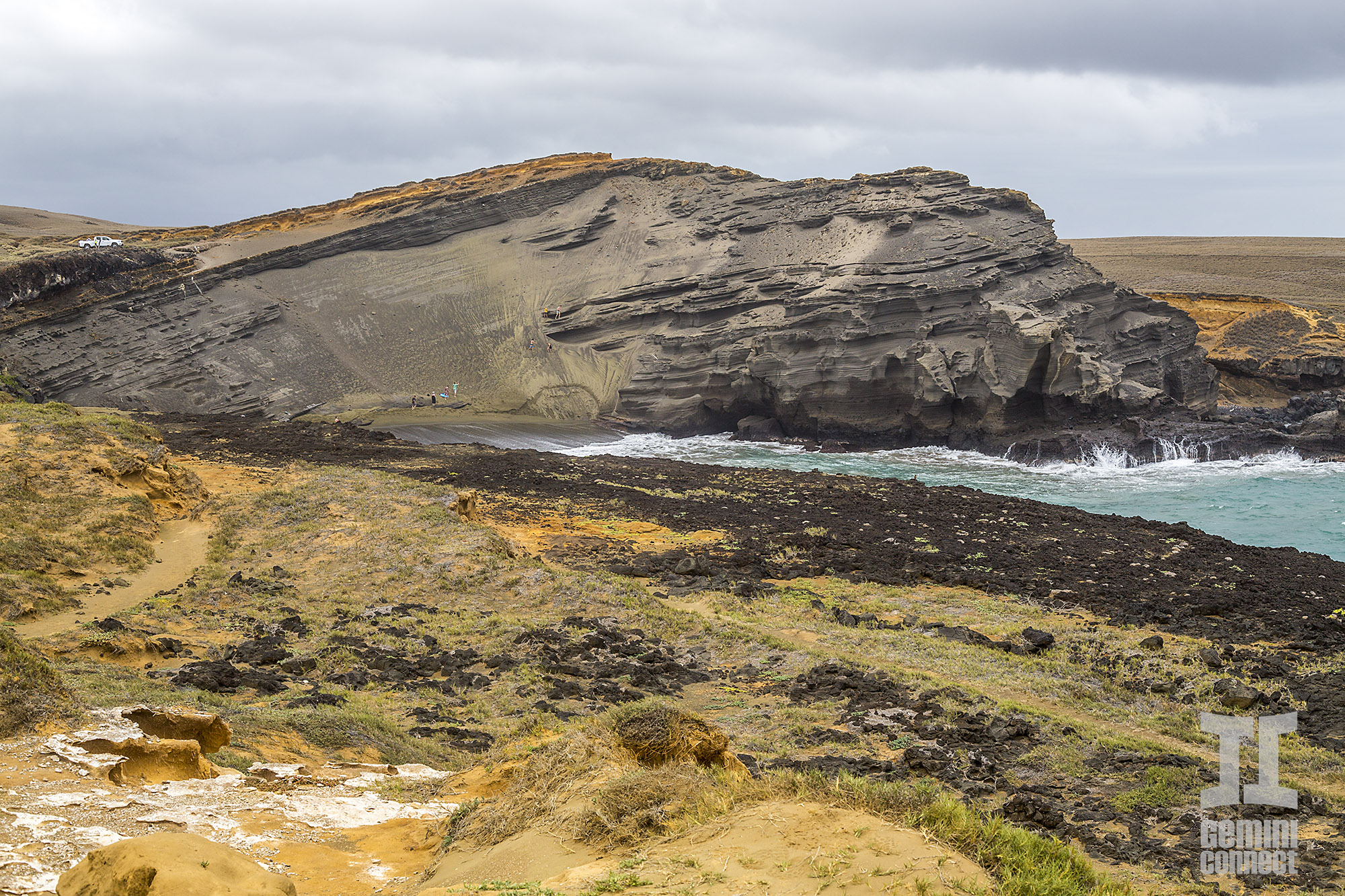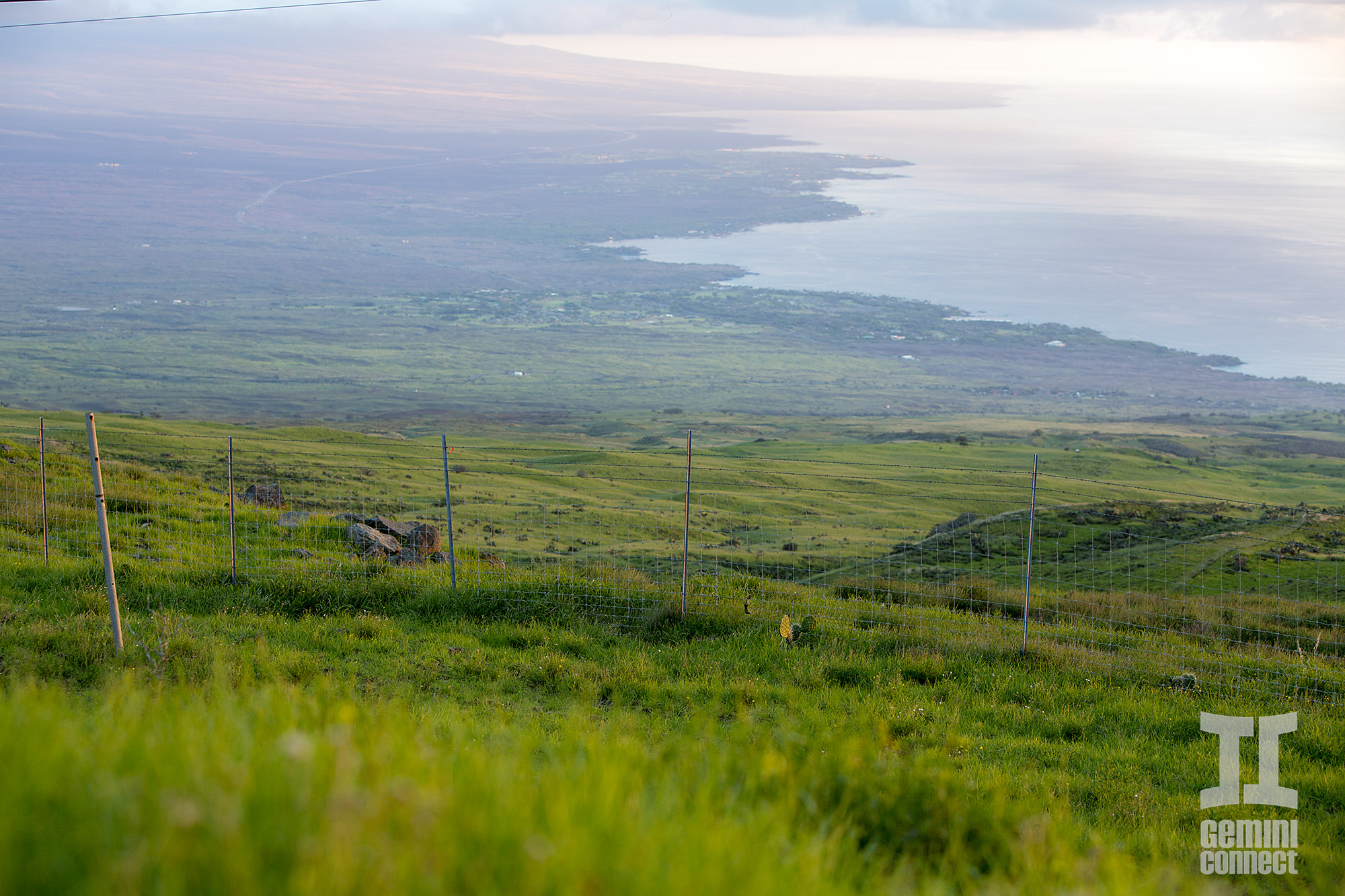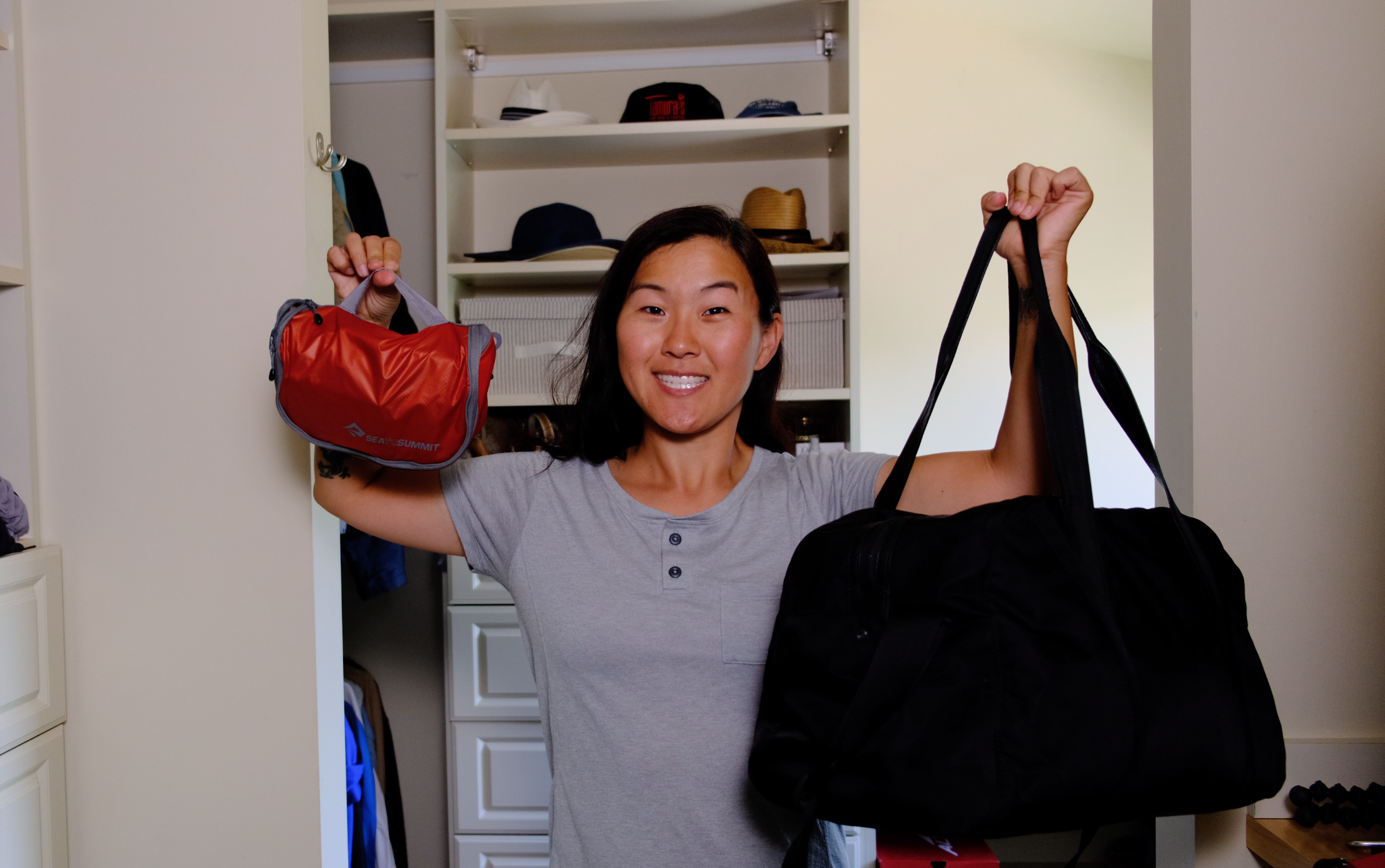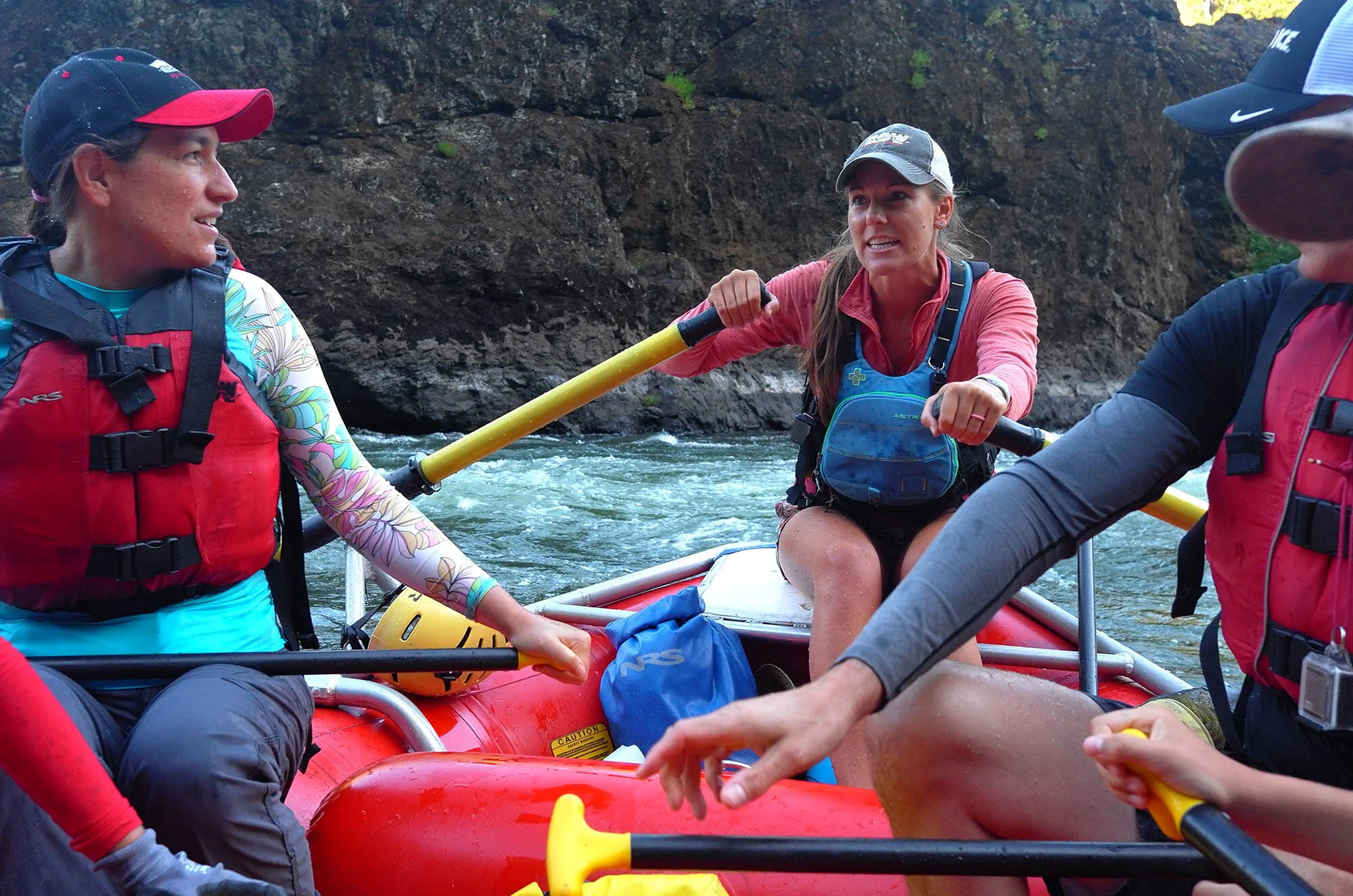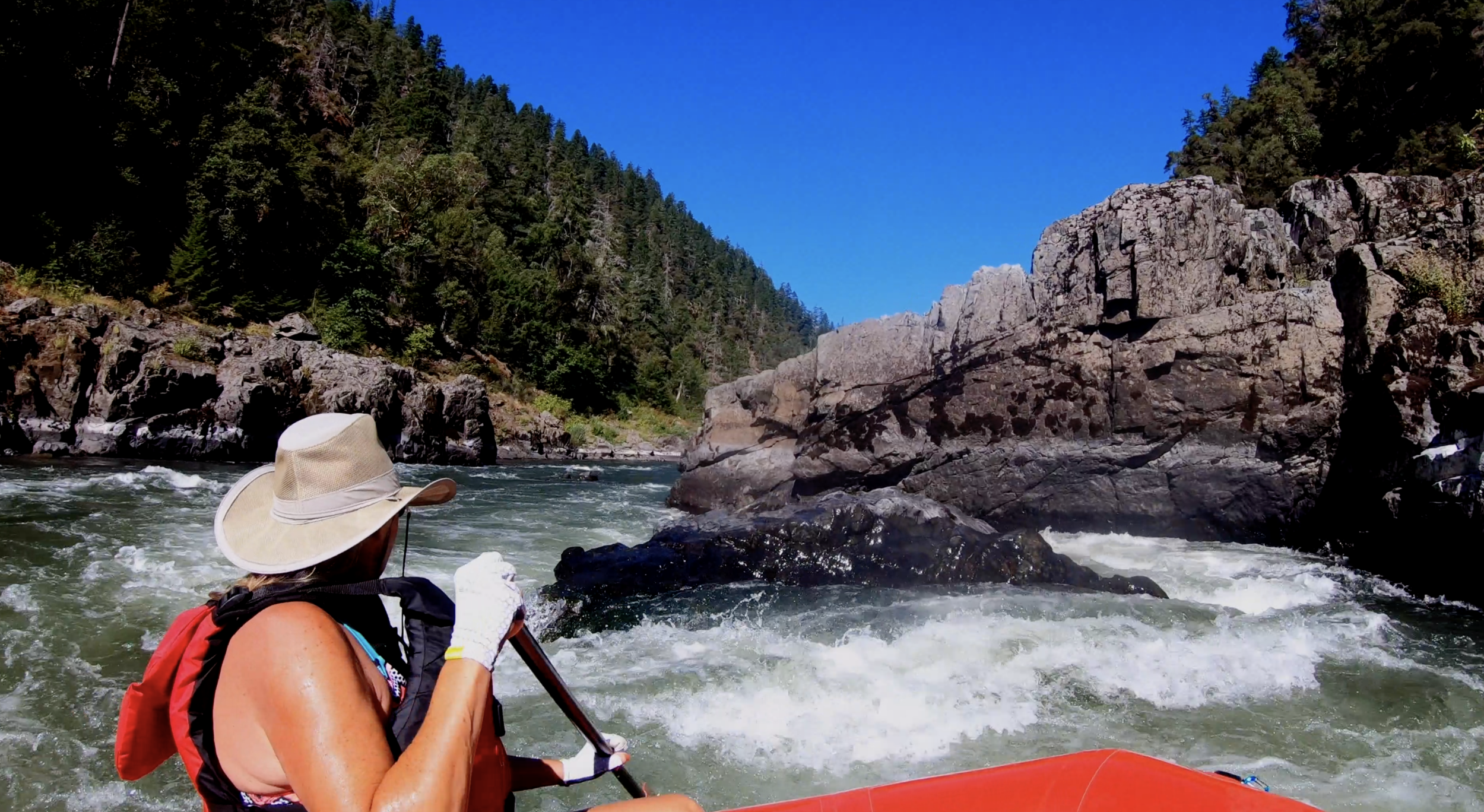Things to Do on the Big Island of Hawaii
There is certainly no shortage of things to do on the Big Island of Hawaii. During a recent 7 day trip, we started in Hilo, went down to Volcanoes National Park, up to Kailua-Kona, inland to Waimea stopping by Hawi, back to the coast in Waipio Valley and Honokaa, and then back to Hilo. It was a nicely paced trip full of some of the best Airbnb stays we've had. Below are some highlights from the trip.
To read about our food adventures, click here. Visit the full photo gallery here.
Mission: Explore and circle the entire Big Island of Hawaii.
7 Days to explore the Big Island
7 Towns visited
240 Miles driven
Where to Stay on the Big Island
Accommodations are plentiful throughout the whole island, but options will vary depending on what area you're in. During our trip, we were able to find 3 Airbnb rentals in Waipio Valley, and Hawaii Volcanoes National Park, and Kailua-Kona. However, we didn't have any choice but to stay in hotels in Waimea and Hilo. Generally speaking, accommodations are pricey due to the mandatory hotel-tax. However, there are many affordable hostels in populated areas such as Hilo.
Hilo
The largest city on the Big Island, Hilo is home to the Mauna Loa Macadamia Nut Corporation and the annual Merrie Monarch hula festival. It is also one of the least expensive cities in Hawaii to live in. I first visited Hilo almost exactly ten years ago at the age of sixteen to compete in a state canoe racing competition, and remember Hilo being extremely lush, but as a result very wet. Indeed, it was a little on the cloudy and rainy side during our stay in Hilo, but the 80-degree weather made it tolerable. Hilo is rather touristy with lots of small shops and restaurants along the Hilo Bay strip. Being more attracted to outdoor exploration, we didn't find Hilo too appealing beyond the food (ahhh, Cafe Pesto) and a quick sweep through the local Hilo Farmer's Market.
Hawaii Volcanoes National Park
The Big Island itself is made up of five volcanoes: Kohala, Mauna Kea, Hualalai, Mauna Loa, and Kilauea. The last three are still active, and the last two are located within Hawaii Volcanoes National Park. This might be one of the United States' coolest national parks as it has two volcanoes within it: Kilauea, the most active volcano in the world, and Mauna Loa, the most massive volcano in the world. The park is very easy to drive through and makes for a very scenic trip since the whole park has an extremely diverse landscape. From the lush, wet jungles near Thurston lava tube to the dry forest and rocky beaches, there are tons of calderas, crevices, craters, and geothermal vents to be explored. Lava flows can be seen in person, but this is not encouraged by the park and often requires long hikes across hot, dry volcanic rocks.
Most people visiting the Big Island have one thing on their agenda: to see lava from an active volcano. There are two popular yet pricey ways to do this: via a lava boat tour, or from above via a helicopter ride. We initially tried to book a lava boat tour, but the trip was canceled due to rough water. That left us with one final day on the Big Island, which was also my birthday, meaning lava had to be seen somehow. I ended up having my biggest dream fulfilled: I got to ride in a helicopter! And see lava. I admit the helicopter part might have been a little more exciting to me.
Hawaii Big Island lava volcano helicopter
Kailua-Kona
Considered to be the center of commerce and the tourism industry in West Hawaii, Kailua-Kona (aka Kona) is a relatively new town on the Big Island. It is also dry and hot compared to the likes of say Hilo. Besides the world-famous Kona coffee, the town is also known for being the start and finish location of the Ironman World Championship triathlon, which felt all too evident with the masses of cyclists and roadrunners we saw. Cruise through the waterfront to enjoy the tourist shops and restaurants or hele on to the larger chain stores--even Costco, Target, and Ross have arrived in Kona.
Kua Bay
A short drive away from Kona is scenic Kua Bay, also known as Maniniowali beach. With its pristine white sand and clear, glassy blue-green water, you could swear this is the beach said to exist only in dreams. The only con is the lack of shade, so it is recommended to bring your own umbrellas or tents if you plan to stay long.
Kailua Kona Kua Bay Hawaii
Puuhonua o Honaunau
Located just south of Kona is Puuhonua o Honaunau, this national historic park spans 180-acres. Histoically, it was once known as the place of refuge for ancient Hawaiian lawbreakers. Very quiet and peaceful, Honaunau has an almost meditative natural quality to it. Also in the park are the Royal Grounds where the ali'i (kings) once lived.
Ka Lae (South Point)
The southernmost point of the 50 United States happens to be on the Big Island of Hawaii. Registered as a National Historic Landmark District under the name South Point Complex, this area is a large rocky cliff with blue ocean below. Wind currents are extremely strong in this area, causing many of the trees to bend and practically grow horizontal. Many fishermen will hang out here to catch the plentiful red snapper and ulua. Occasionally, a brave cliff diver will take the plunge over the edge, although strong winds make it a dangerous sport in this area.
Hawaii Kaena Southern Most Point
Green Sand Beach
Also known as Papakolea or Mahana Beach, Green Sand Beach is in the Ka'u district of the Big Island. It is one of two green sand beaches in the entire world, the other located in the Galapagos Islands. Green sand is so unique that it is illegal to take any away with you. This is a beach that must be hiked to via a nice stretch through dusty sand dunes. Alternatively, you can opt to grab a ride with locals for a fee or take your own four-wheel drive, but it is (supposedly) illegal to do so. On the bright side, the hike is rather short and makes for great photos.
Punalu'u Black Sand Beach
One of many black sand beaches on the Big Island is the famous Punalu'u Black Sand Beach. The distinctly darker sand is created by lava bursting as it flowed into the ocean. Although these beaches are popular among tourists, it is dangerous to swim since the surrounding rocks are sharp. On the bright side, turtles love to beach themselves here, so it is common to see Hawksbill or green sea turtle on the shore. Just keep your distance as these turtles are endangered species that are protected by state law.
Waimea
After a couple days of frying ourselves in the intense heat of the Volcanoes National Park and Kona, we sought cooler climates. We retreated to the rainier north end of the Big Island. Located inland, Waimea is known for its ranches and paniolo (Hawaiian cowboy) culture. Characterized by lush rolling hills, the center of town is Parker Ranch. the largest privately owned cattle ranch in the United States. Beyond visiting the ranch and driving around to view the hills and cattle, there isn't much to be done in Waimea. However, it is a very relaxing town thanks to the lack of touristy activities in the area.
Hawi
The charming town of Hawi is the biggest little town in North Kohala. Full of boutiques, restaurants, art galleries and coffee shops, Hawi is actually quite a small town but we were delighted to find a kava bar here to make for a chill afternoon after running out of things to do in Waimea. Not far from Hawi is the small town of Kapaau where you can find the original statue of King Kamehameha I.
Polulu Valley Lookout
While Ka Lae is the southernmost point of Hawaii, its opposite is North Kohala, the northernmost point of the island. Polulu (meaning 'long spear') Valley is the first of five majestic valleys stretching across the coast. The lookout spot offers a comprehensive view of the cliffs and coastline, but a hike to the bottom of the valley and the black sand beach below is possible. We didn't attempt it this time around, settling for the gorgeous view instead.
Big Island Hawaii vista mountain range
Waipio Valley and Honokaa
From Waimea, we made the short drive over to the Waipio Valley, which was once the capital and permanent residence of the early Hawaiian ali'i (kings). Given the rich beauty of the valley, it isn't hard to see why kings chose to live here. On the downside, getting to the valley is a feat in itself. The road leading to the valley floor gains 800 vertical feet in 0.6 miles with a 25% average grade. Only 4-wheel drive vehicles are allowed, but it's a risk to attempt going down the extremely narrow.
Interestingly, Waipio Valley is one of the only places in the United States where wild horses still roam. But a handful of domesticated horses are kept in stables for horseback rides. Much of the inland part of the valley is still occupied by locals who keep taro farms. The beach side is open to the public where visitors can enjoy the majestic black sand beach.
In Conclusion
Of all the islands in Hawaii, the Big Island is one of the best to visit if you're seeking a glimpse into its rustic history. Its large expanse offers a variety of climates and environments to discover without the throngs of tourists and developments that you'll find on other neighboring islands.
Big Island Photo Gallery















